Last month, I went as a spectator and fan at Moxie Madness, a local competition in San Jose. As I watched other people exercise while sipping on various sports drinks, I realized that the more competitions I watch, not only does the programming become more challenging, the athletes get better as well.
At this particular competition, I watched many athletes in the novice division cycle through butterfly pull-ups with ease during the final Event. Though I didn’t watch every heat, I didn’t see a single athlete use a band for assistance in the novice division. Instead, they were cranking out high volume pull-ups using the method that was previously only attempted by the most elite physical specimens at your gym who you’ve never seen wearing a shirt. Granted, this was a large annual competition known to be competitive, but butterfly pull-ups felt advanced for a novice division.
With more people now members at CrossFit affiliates than ever before, and “veterans” continuing to improve upon their PRs after their post on-ramp, “I PR EVERY DAY!!”, learning surge, the workouts we take on at our gyms have also become more challenging.
Many CrossFit affiliates around the world have increased the Rx’ed power clean in a number of workouts from 135 pounds to 155 pounds (or even 185 pounds). Multiple rounds of Cindy, or Mary, could have been your warm up before your workout last week. You might have had an AMRAP with a few minutes of rest before your actual workout AMRAP yesterday.
Skills are increasing across the globe as athletes become more experienced in functional fitness workouts. If your gym is anything like mine, your classes routinely run out of rings when muscle-ups are part of the day’s workout. These spots were previously reserved for those same top athletes without shirts.
On a competitive level, we’re seeing athletes not qualify for Regionals after putting up previous Games-level performances during the Open. Records are not only being beaten, they’re being demolished when workouts are repeated.
As a small sample of how programming has progressed for elite athletes, the 2013 CrossFit Games had Events which included:
- 405 pound deadlifts for reps
- 80’ handstand walks
- 165 pound snatches as part of a sprint chipper
In 2008, one Games event was a five-round couplet composed of 275 pound deadlifts and 10 burpees, something that many of us reading this article could do while maintaining our dignity.
At this year’s CrossFit Games, Josh Bridges finished the “2007” throwback Event a full 4:33 faster than the men’s Event winner from the first CrossFit Games. Valerie Voboril bested the women’s Event winner “2007” time by 6:33.
The Games evolves to meet the needs of its increasingly more capable athletes. The workouts get harder because the athletes are stronger and faster than ever before. This isn’t just for the elite; it applies to the rest of us as well.
On main site, we’ve seen Triple Jackie, three rounds of a benchmark girl workout for time. During this year’s Open, we watched Camille Leblanc-Bazinet and Rich Froning perform Fran over and over in disbelief. Afterwards, we did it ourselves with varying degrees of success. CrossFit’s most feared sprint workout was completed multiple times over by not only the elite, but some of the better athletes in your own gym. Let’s not forget that benchmark workouts were used as pieces of last year’s Games final event.
It’s not that heavy or impossible functional fitness workouts didn’t exist before. King Kong has been around for years. The difference is that today, there’s probably someone at your gym who can do it at the prescribed weights in a reasonable amount of time without besmirching their pantaloons.
Are faster scores on benchmark workouts still the answer for a stronger, faster, and more skilled population of athletes? It’s humbling, but try doing “PVC Fran” (using a piece of PVP pipe to do thrusters) to see if you can beat Camille Leblanc-Bazinet’s time of 2:30 or Josh Bridges’ time of 2:02. As today’s elite athletes go unbroken through many benchmark workouts, are fans going to be excited about times that are one hundredth of a second faster than the last person, like fans of track and field?
Or has the time come for benchmark workouts to evolve, following suit with the Open, Regionals, Games, and possibly even the programming for your gym?
The benchmarks, if they’re even used in their original form, can often be some of the easier workouts you’ll do over the course of a week. Unless you’re straight out of ‘on-ramp’ or doing Karen, Barbara, or Helen, you’ll probably be told that the workout is a sprint, and you should attempt to perform it unbroken (unless the workout is “new girl” Eva, which is admittedly terrible).
Today, we’re frequently seeing Fran replaced with Fat Fran. Cindy has morphed into Running Cindy or chest-to-bar Cindy. And of course, new girl Annie, often turns into AMRAP Annie.
For those of us who have been working out at CrossFit affiliates for a few years, we can look back fondly on the days when a 135/95 pound power clean for reps meant something. For some of us, those days feel very far away as we watch multiple members at our gyms next to us performing 135 pound snatches with relative ease.
Additionally, if you’re hoping to do well in the 2014 CrossFit Games Open, you might be better off tweaking the benchmark workouts you do each week to better prepare yourself for the programmed weights and ladders that might come up.
For some athletes, Diane’s 225 pound deadlifts for reps have become warmups for many athletes. Nancy’s 95 pound overhead squats for men have unofficially become the new Rx’ed standard for women in other workouts.
It’s true that the benchmarks weren’t created to prepare athletes for competition. However, If they could be modified for more experienced athletes, the benchmarks could not only be feared once again, but they could help accelerate the continued growth of top CrossFit Games athletes worldwide.
What if the benchmark girls included competitor options that would better prepare athletes not only for competition, but help account for the increases we are seeing across the board in the global functional fitness community?
Having benchmark competitor options could prevent those new members at CrossFit affiliates from always feeling like they’re last to finish, and your gym’s top athletes may actually finish with the rest of the class in a benchmark workout, while giving them flashbacks to when they were once in ‘on-ramp’.
Some ideas of how this could work could be:
- Diane: 1.5x/2x bodyweight deadlift and parallette handstand push-ups
- Cindy: Chest to bar pull-ups, hand release push-ups, and unbroken squats
- Mary: Deficit handstand push-ups, weighted pistols, and chest to bar pull-ups
- Grace, Elizabeth, and Isabel: Body weight clean & jerks, cleans, and snatches
- Fran and Nancy: 135/95 barbell weights
The standards for the competitor benchmarks could continue to evolve for top athletes and those striving to reach that level. The original benchmarks, certainly challenging enough for most of us, could remain in place for those of us fully satisfied with the current weights and seeing results with increased intensity.
In this new age of functional fitness, where programming has reached a new level of complexity, this could help the benchmarks not only stay relevant, but become helpful for competition. The benchmark workouts would maintain the spirit of constantly varied programming and would continue to be respected by a community of more experienced athletes that is redefining the standards of a growing sport.









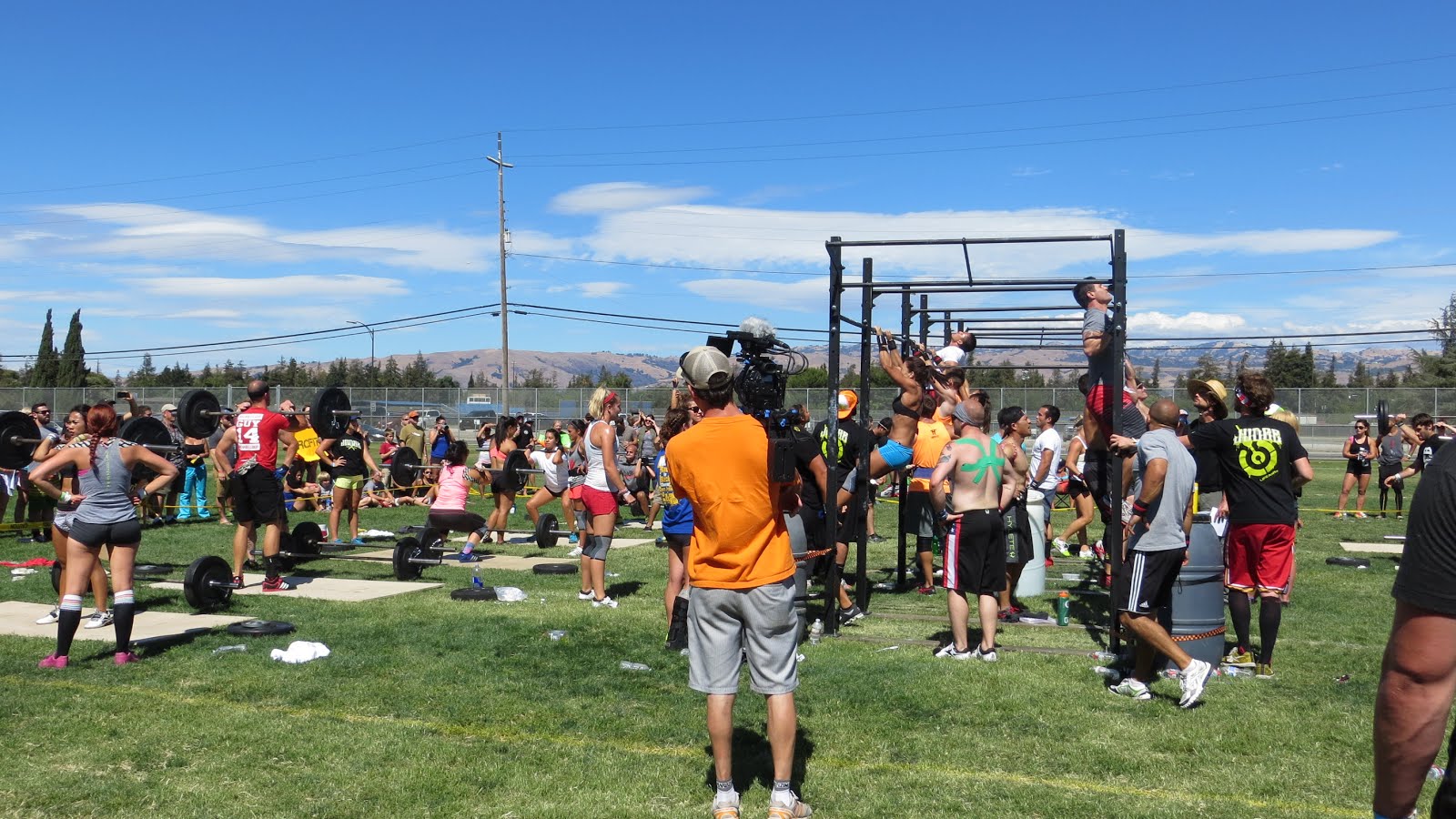
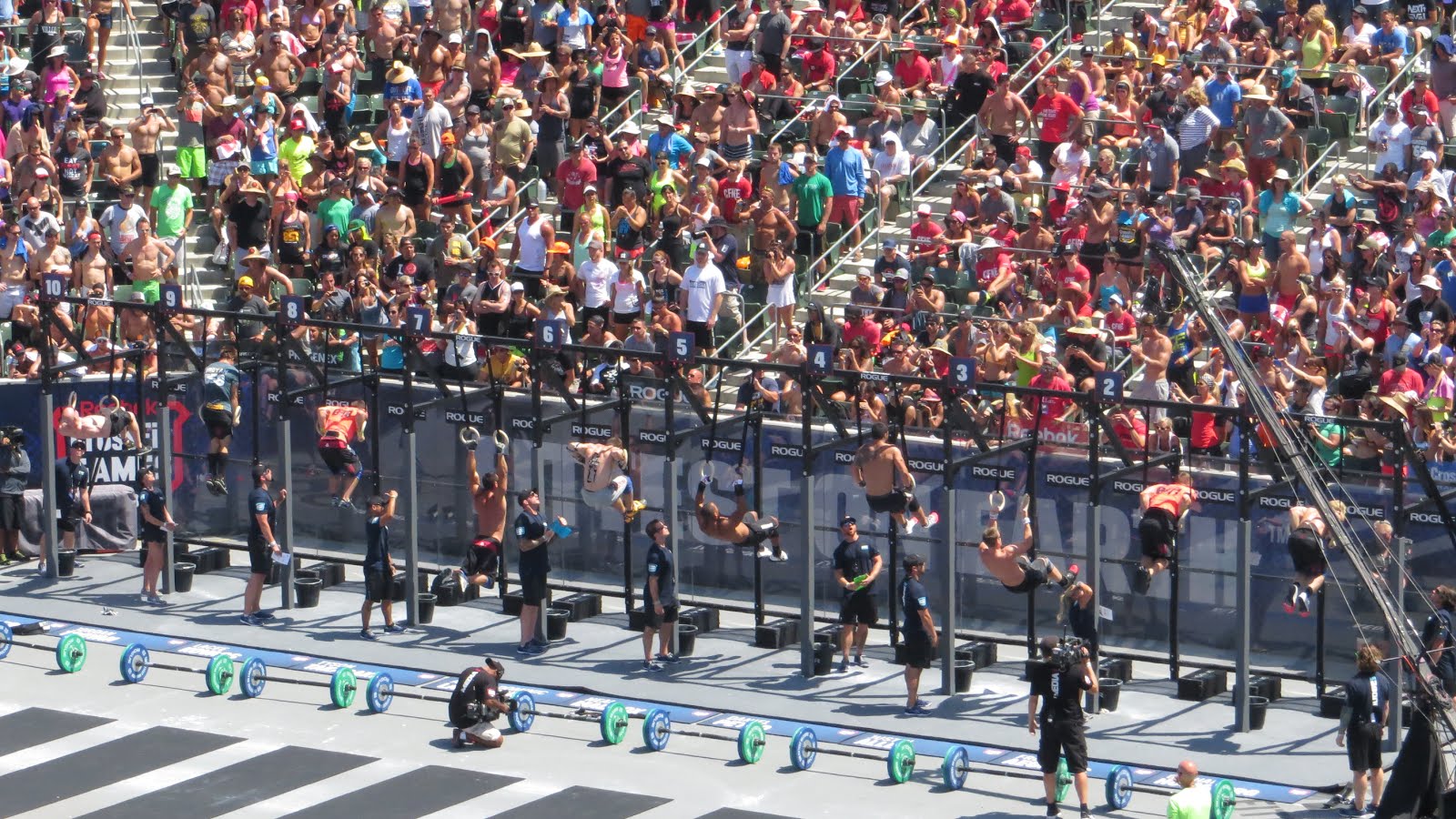
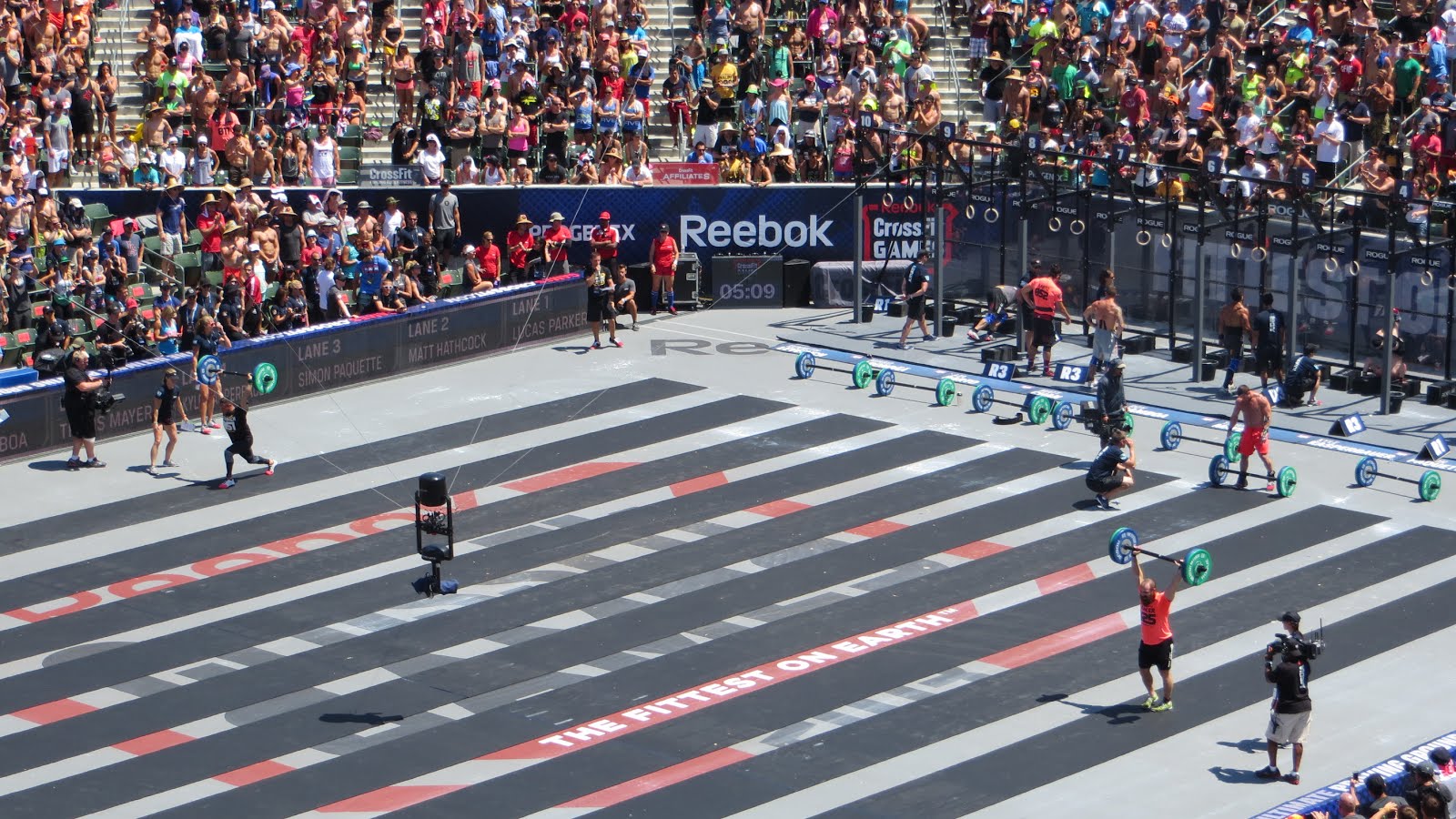
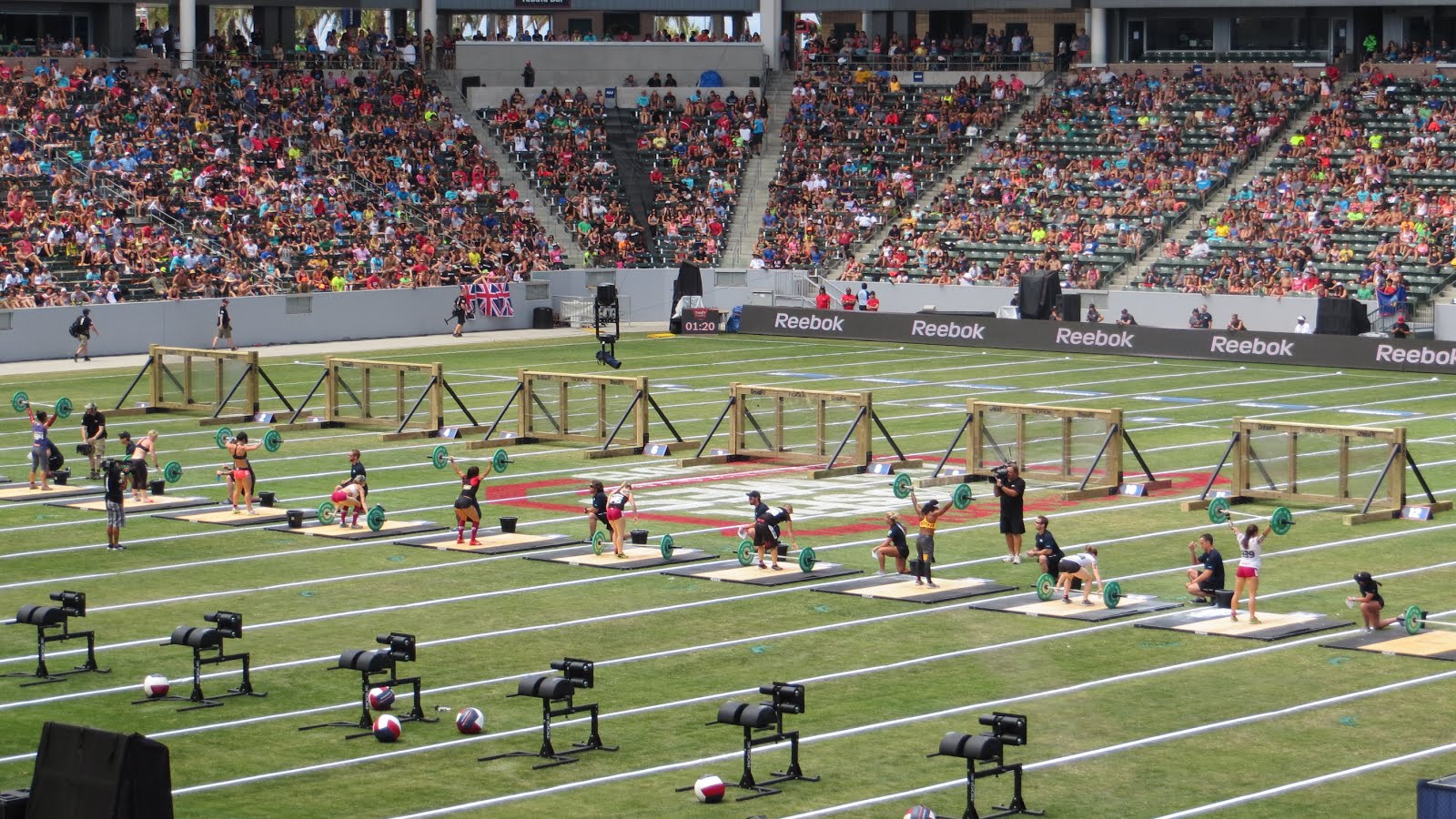
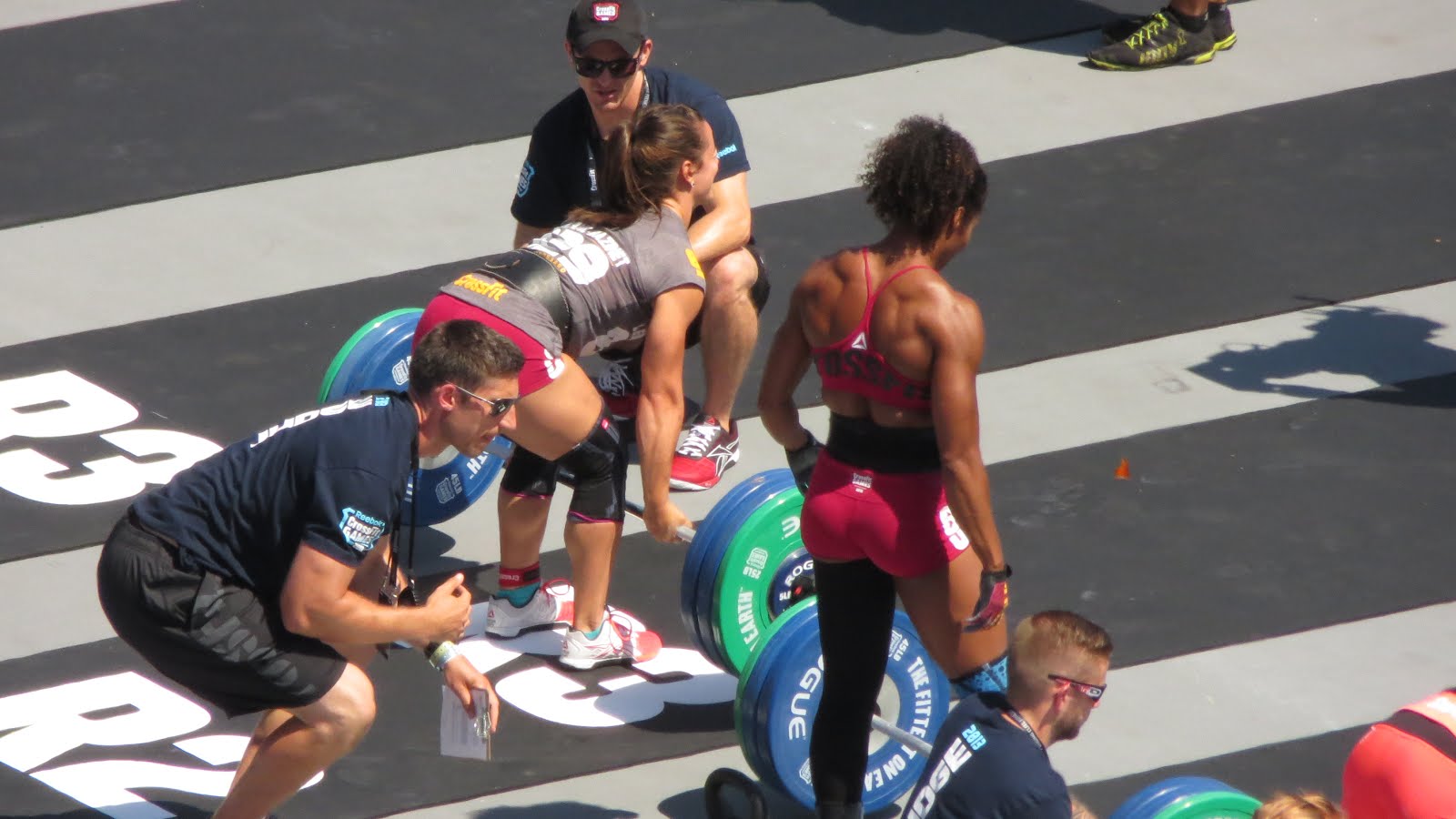










Follow Us